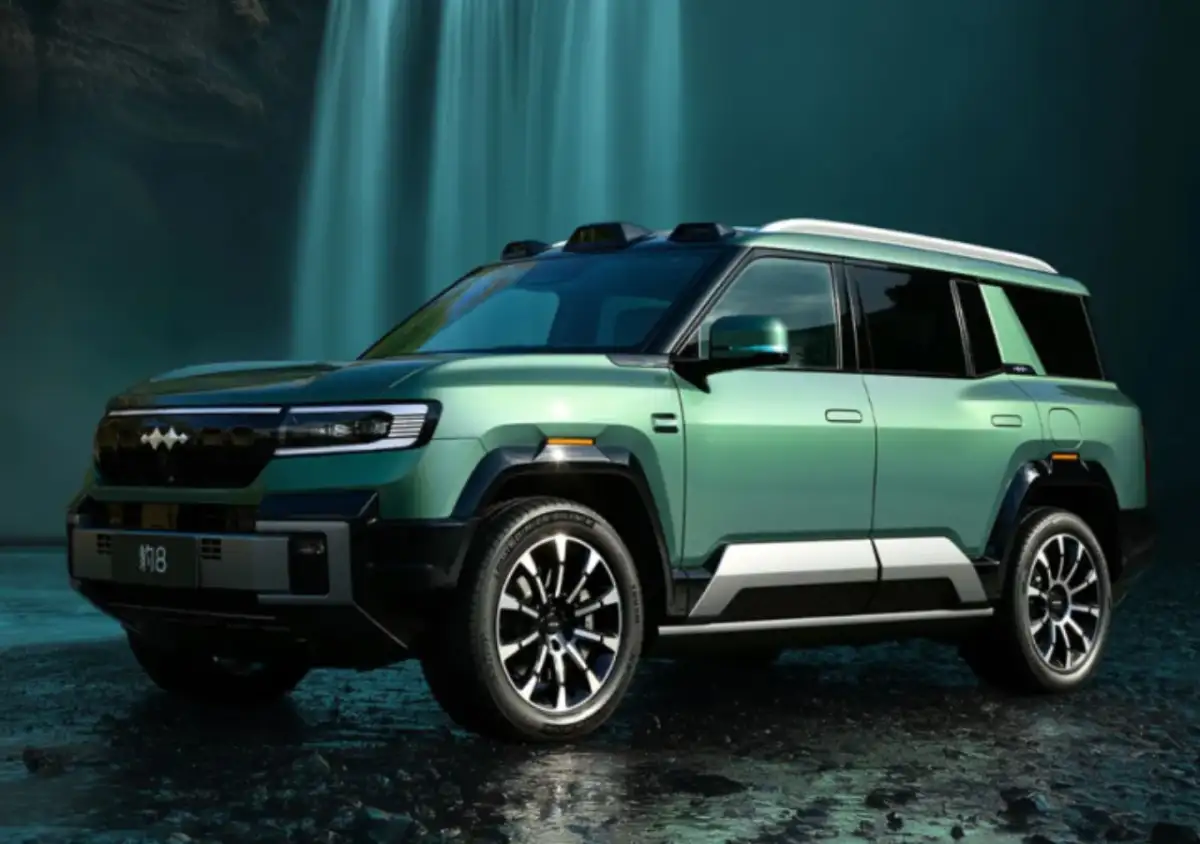- Key Facts and Market Shifts from October Data
- Production & Powertrain Mix
- Weekly Sales Breakdown for October
- Wholesale Factory Shipments: Trends and Resilience
- The Seasonal and Regulatory Story Behind the Dip
- 2025 China Market Outlook: Resilient Growth and Maturity
- October 2025: Market and Powertrain Comparison
- “China’s Green Journey”
October 2025 was a watershed month for China’s auto industry. For the first time ever, electric and hybrid vehicle sales together accounted for over 55% of the total local market, cementing China’s leadership in the transition to new energy vehicles (NEVs)—even as total monthly sales dipped. This in-depth analysis covers the data, market dynamics, and policy drivers behind China’s transformative month, as well as seasonal, regulatory, and technological influences likely to shape the rest of the year.

Key Facts and Market Shifts from October Data
Retail passenger car sales (October 1–26): 1.613 million units, down 7% year-on-year and 4% from September.
Wholesale sales (factory-to-dealer): 1.871 million units, down 1% year-on-year and 5% month-on-month.
Year-to-date cumulative retail sales: 18.6 million cars (+8%).
Cumulative wholesale deliveries: 22.7 million (+12%).
NEV retail sales: 901,000 units — a record 55.9% market share, flat year-on-year but down 8% from September.
Wholesale NEV deliveries: 1.034 million units, 55.2% share, up 4% year-on-year but down 5% month-on-month.
For the first time, over half of all Chinese cars sold in a single month were pure electric (BEV) or plug-in hybrid (PHEV).

Production & Powertrain Mix
The new energy momentum (EV + HEV + PHEV) is now the axis of the market. Gasoline vehicles are still relevant but in clear decline as a percentage.
Mild annual decline in HEV/PHEV is offset by faster month-on-month growth, as consumer appetites shift with more models, tech advances, and government policies.

Weekly Sales Breakdown for October
Sales started slow due to the “Golden Week” holiday and increased travel.
Sharp rebound after the holidays with pent-up demand, especially for NEVs to capture government incentives and tax breaks.
The late-month dip is mostly seasonal—quarterly quotas filled in September, easing October demand.

Wholesale Factory Shipments: Trends and Resilience
Despite a sharp drop at the start of October, mid-month recovery was powered by NEV makers replenishing dealer inventories ahead of holiday specials.
End-of-quarter push in September shaped the early-October slowdown; throughout the month, production remained robust to support cumulative annual growth.
The Seasonal and Regulatory Story Behind the Dip
Q4 always sees volatility: long holidays, shoppers awaiting year-end deals, and “Sept Gold/Oct Silver” sales cycles.
The September spike was fueled by a government trade-in program, raising dealer inventory and shifting apparent demand from October into September.
Some provinces cut NEV subsidies as budgets run down, so the effect is regional—not nationwide—and has less sway due to strong underlying demand.
Many consumers postponed purchases, expecting discounted NEVs and new incentives as year-end approaches.
2025 China Market Outlook: Resilient Growth and Maturity
NEV sales are forecast to rebound in November and December as purchase tax exemptions expire and manufacturer rebates peak.
The year should end with over 12 million NEVs sold—cementing China as the world’s unrivaled EV leader.
China’s shift is now structural, not a “flash in the pan”—a result of a maturing industrial ecosystem and more mainstream acceptance of BEV, PHEV, and REEV (range-extended EVs).
Minor October softness is a market rebalancing after an extraordinary Q3 run.
October 2025: Market and Powertrain Comparison
“China’s Green Journey”
In the maze of Beijing’s traffic, a new milestone was set—more than half of cars on the road were electric or hybrid. Some dismissed it as a passing wave, but as every charge completed and every new model rolled out, it became clear: China’s electric future is now embedded in daily life, built on manufacturing brilliance and consumer patience.



